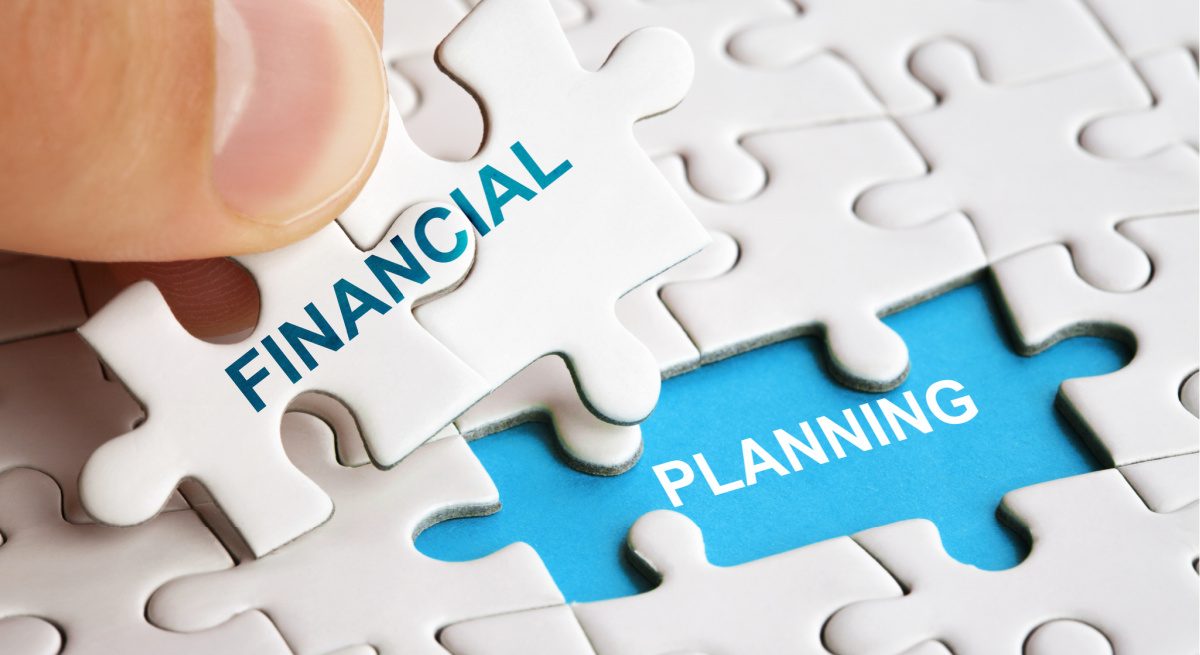Hello Lender, Here’s My Plan to Survive COVID-19. Let’s Talk
7 Min Read By Mark Roberts
At the end of 2019, the restaurant industry was booming. Then came the pandemic: Industry sales plummeted, major restaurant chains faced bankruptcy and restaurateurs did everything in their power to stay afloat by shifting to curbside pickup, adopting delivery models or expanding outdoor eating. The hardest hit have been casual dining sit-down restaurants and national chains that complied with local COVID-19 mandates to limit or ban indoor dining.
Surviving are the fast-food chains, where more than 60 percent of their sales come through the drive through. Year-over-year revenue comparisons show quick service restaurants are above year-ago levels, while casual restaurants were still down 30-40 percent in May. Barclays expects approximately 10 percent of U.S. restaurants to close permanently, or about 65,000 locations.
It's no wonder restaurant operators have been chasing liquidity by cutting expenses internally and turning to credit markets in a bid to outlast the impacts of the pandemic.
Whether you’re running a small family group of restaurants or a nationwide chain, how can you seek relief and avoid filing bankruptcy in this unprecedented time? Now may be the best time to have a conversation with your lender about that. And don’t stop there. Think of your landlord as a lender, too. Fail to pay rent and you’ll soon cease operating. The good news in both instances is that there’s leverage in your favor, since lenders seek to avoid costly bankruptcy, and landlords who have a stake in your tenant occupancy, face their own loan terms.
As an owner or operator of a restaurant group, how you approach or maintain a relationship with your lenders is key in these turbulent times. Restaurants should consider four options to help them wade through the crisis.
Create a Sound Roadmap
Lenders want to know you have a solid plan to maximize liquidity to maintain your business through the storm. Much like a doctor in the emergency room with a critically ill patient, the restaurant operators will need to triage the critical steps necessary to preserve the business. Understanding what the most important value drivers are during the pandemic is important.
If you have unproductive or low-revenue-producing locations, let your lender know you plan to close or moth ball them, or perhaps reduce your staffing matrix back to the bare minimum to support the retained take-out and delivery business. Reduce overhead and non- value-added costs. Shift marketing dollars to more profitable menu items, take-out, delivery and other product delivery drivers. Likewise, draw down on credit lines as much as possible, and as early as possible, to ensure maximum liquidity.
One of the most important messages operators need to communicate to lenders is that you know and understand your customers. If you’re meeting their needs during the pandemic, it will indicate your confidence that you can continue operating effectively and you will be posed to reopen your restaurants with these customers when the pandemic subsides. By communicating with patrons, you’ll understand what they are feeling and how you may be able to better serve them during the pandemic. They may prefer more curbside pickup for the foreseeable future. How will that change your food distribution model? How can you shift human resources to focus on that area? When you reopen dining, what will your customers require in addition to the normal medical guidelines? Know your customers so well that you can predict how they will respond to your initiatives and continue to communicate with them. Make them a part of the process as you work through the challenges of the pandemic.
All these details will be vital for building your lenders’ confidence that you have a plan to survive today’s choppy waters by fostering a good relationship with your customer base.
Finally, once you have your plan down on paper, find an independent financial advisor to review your roadmap. That will give lenders even more confidence your plan is sound and workable.
Maintain Transparency with Lenders
If you haven’t already, contact your lender and let them know you’ll update them soon on your situation and your plan to come out on the other side of the crisis in good shape. Determine your next steps and communicate them well.
Some topics you’ll want to discuss with them include your plans during the crisis and the steps you’ll take as the pandemic subsides. That includes any previous liquidity steps taken and your management of any government assistance you received.
Food service companies took advantage of the government’s Paycheck Protection Program (PPP) to the tune of $42 billion, as of the end of June. Most of the loans, which can be forgiven if certain requirements are met, went to relatively small operators and ranged from $150,000 to $350,000, according to the Small Business Administration. Some of the largest chains received between $1 million and $10 million, but those represent a small percentage. In some cases, companies turned down the loans, not wanting negative publicity.
If you participated, your lender will want to know when the loan will run out and what your plans are to replace those funds. This plan may include everything from raising new equity, taking on more debt and negotiating rent abatements or deferrals. Consider whether you need to sell parts of the business to free up liquidity: Perhaps a business unit is more expensive to maintain because of its geographic location, or another unit no longer fits your corporate identity.
Another piece of information your lender will want to know is whether you will seek more debt after drawing down on existing lines of credit. If you intend to seek more credit, understand that ratings agencies have lowered restaurant debt ratings and maintain a negative outlook on restaurant credit vehicles, which make it more difficult to pursue. Are there ways to raise equity by finding a partner? All these considerations should be shared with your primary lenders and fit into your overall roadmap.
Finally, when approaching landlords, take stock of the type of property owner you’re dealing with. If you have a more entrepreneurial landlord, they’re probably local and you may know them by name. They’re more likely to be flexible with you. The more institutional the landlord, the tougher negotiations become, as they often demand lots of documentation before granting relief.
Retain Human Capital and Ensure Your Business Will Be Set for Future Success
If you’re intent on coming out of the crisis as a going concern, and proving to lenders your resolve to survive, then focusing on the human element will be key. Employees are a key asset to survival during the pandemic. Their brand, service delivery knowledge and customer base relationships will be key to maintaining quality and consistency of the product and service your restaurant provides during the pandemic. They will also be extremely valuable when you are fully able to ramp up operations. If you lose them, you risk your company’s existence. Plus, the cost to rehire, retrain and trust new top performers can be high and drawn out, unnecessarily burdening any agile decisions you might make to grow the business.
Before the pandemic, optimizing restaurants could be accomplished fairly easily by focusing on operations and analyzing what’s not working, then fixing it. But when demand plummets, restaurant operators must let their brands sustain them and offer new services to create demand (think delivery, pickup and other distribution options.) If you’ve communicated with your customers well, you’ll need key employees to jump into new initiatives and keep their eyes on the end game. Human resources are vital when changing operations on the fly. The future is quite unpredictable now, so to remain agile, your staff needs to be focused on new initiatives and be available to staff them.
Consider Final Options: Sell? Refinance? Raise more Equity? Bankruptcy?
Restaurants may be fortunate to find relief in an investor willing to buy their distressed debt or perhaps purchase the company. More and more private equity firms are looking for a discounted deal in the hopes that they can realize the value of the entity when the business recovers. As recently reported, public food service companies Darden, Bloomin’ Brands and Ruth’s Restaurant Group sold their debt or equity at discount in a bid to survive the crisis. All are major names in the industry that rely on in-person dining.
Since many of these sit-down style restaurants were facing challenges before the pandemic hit, investors may be harder to come by. If you find yourself with an interested investor, you may be able to negotiate a package to keep upper management in place to improve the chances for the organization’s growth post-COVID-19, a potential asset for a private equity firm looking to add value in order to sell. This transaction may have to be implemented through a bankruptcy process in order to effectuate.
Failing such a private equity bailout or sale, it may be time to consider bankruptcy. By watching your 13-to 26-week cash flow models, you should be able to determine when the tide turns before the bottom falls out. In that case, try to get ahead of the filing. Have a plan so all your constituents can better understand how you intend on maximizing value and creating liquidity to make it through the process. Your plan should clearly indicate your intent and roadmap to do one of three things: sell, refinance or add more equity.
Be Prepared and Flexible
Restaurant operators have many options to seek debt relief, depending on where they find themselves in the recovery process. Being transparent with lenders and presenting a well-thought-out plan to overcome the challenges will be the most important steps as you navigate a path to a post-COVID-19 environment. Be prepared to change that plan frequently, since there’s no reason to be confident that the coronavirus outbreak will end anytime soon, and in fact, may be something restaurateurs will have to live with for the foreseeable future.
Secondly, tracking your weekly cash flow models will help both with decision making and communication with your lenders. It will give you a roadmap of the changes you will need to make in order to survive
Developing a roadmap, knowing and communicating with customers, maintaining transparency and retaining essential human capital will ensure you develop the best plan possible for your lenders and other constituents. This approach will also give potential buyers, investors and lenders the information they need to make investment decisions.
Finally, use your plan and a financial advisor to review the best options for your organization. And, last but not least, find a very good restructuring lawyer to guide you through this process.


